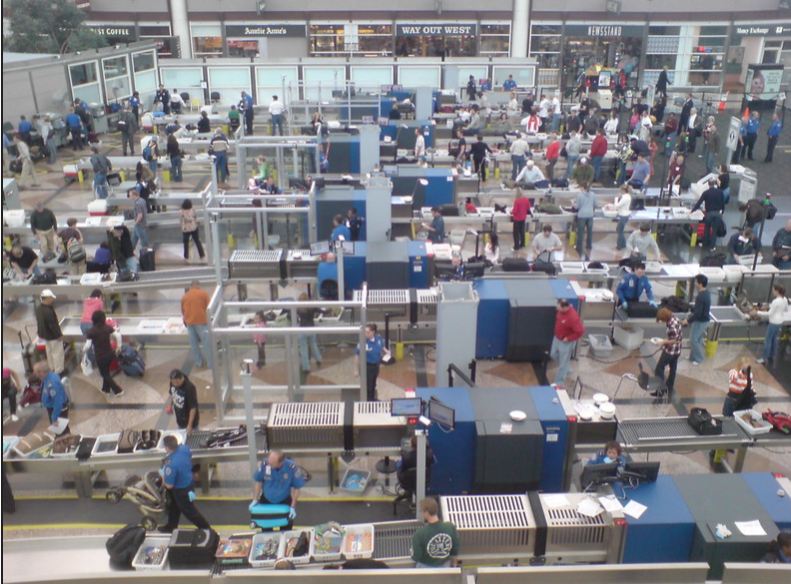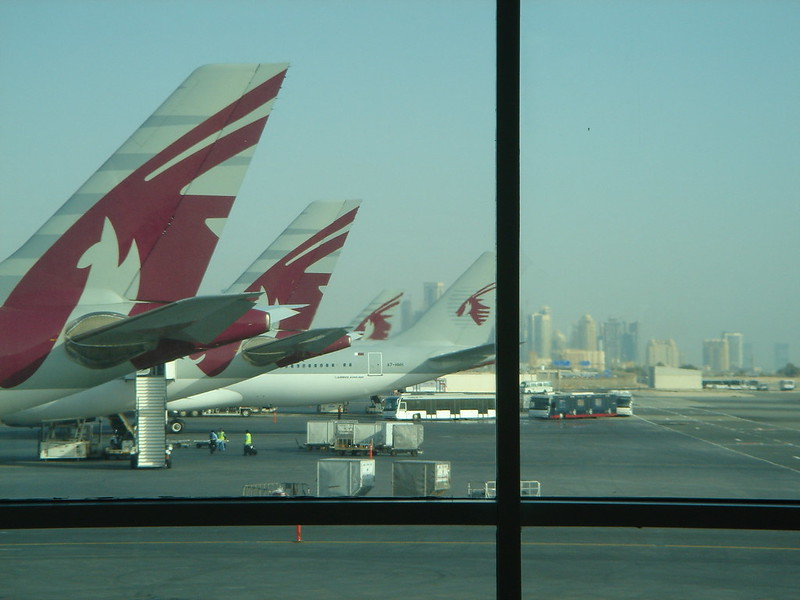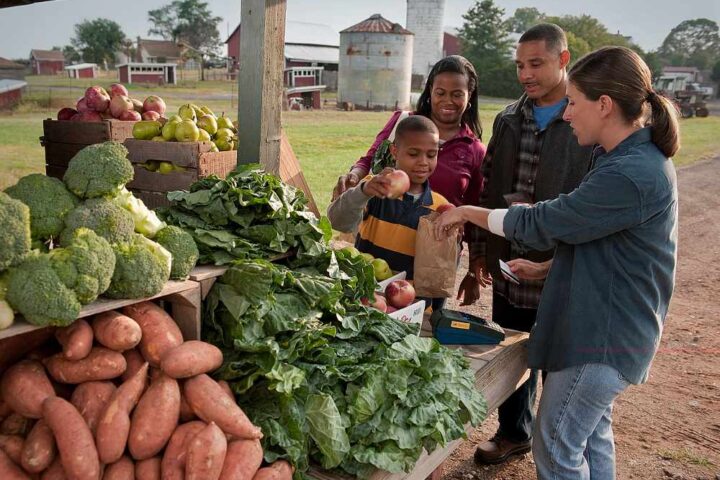Travelers planning to bring their favorite snacks through airport security might need to think twice. The Transportation Security Administration (TSA) is enforcing rules that restrict several common food items in carry-on luggage, causing confusion and frustration at checkpoints nationwide.
The TSA isn’t introducing new rules but rather tightening enforcement of the long-standing 3-1-1 liquids rule, which limits liquids, gels, and spreadable items to containers of 3.4 ounces (100 milliliters) or less. Many travelers are surprised to learn this rule applies to certain foods they routinely pack.
Seven popular snacks particularly affected by this enforcement are hummus, peanut butter, yogurt, pudding, soft cheeses like Brie and Camembert, honey, and salsa. These items are being flagged at security checkpoints because they’re considered “spreadable” or have a “liquid-like consistency” under TSA guidelines.
“If you can smear it on toast or eat it with a spoon, it probably counts as a liquid,” explains one report from Men’s Journal. This simple test helps travelers understand which foods might be restricted.
The TSA, created after the September 11, 2001 attacks, is responsible for security at nearly 450 airports across the United States. The 3-1-1 rule was introduced in response to a 2006 terrorist plot involving liquid explosives and has been a standard part of air travel ever since.
Many travelers don’t realize the rule extends beyond toiletries to food items. Individual containers of yogurt, pudding cups, and packaged hummus often exceed the 3.4-ounce limit. Even some single-serve peanut butter packs are too large to make it through security.
The consequences of bringing oversized spreadable snacks can include delays, confiscated food, and occasionally heated exchanges with security personnel. During busy summer travel seasons, these issues can multiply, slowing down security lines and frustrating both passengers and TSA agents.
Similar Posts
For those determined to bring their favorite snacks, there are options. Travelers can:
- Pack smaller containers (under 3.4 ounces) of spreadable foods
- Place larger quantities in checked luggage
- Choose solid food alternatives like hard cheeses, whole fruits, sandwiches, chips, or nuts, which aren’t subject to the same restrictions
The TSA’s enforcement isn’t limited to food items. The agency has also been strict about other carry-on items including power banks and spare lithium batteries, which must be carried in hand luggage rather than checked due to fire risks.
In addition to the snack enforcement, travelers should be aware of the upcoming REAL ID deadline on May 7, 2025, when standard driver’s licenses will no longer be sufficient for boarding domestic flights.
The TSA processes approximately 2 million passengers daily across U.S. airports, and proper preparation can save time for everyone. Travelers who arrive at security checkpoints with restricted items typically have three options: return to check the item with their airline, hand it to a non-traveling companion, or surrender it.
“Especially during peak travel times, knowing what you can and cannot bring through security can make a significant difference in how quickly you get through the checkpoint,” noted TSA Administrator David Pekoske in a previous statement.

While some travelers view these restrictions as excessive, the TSA maintains they’re necessary for security. The agency continues to invest in advanced Computed Tomography (CT) scanners that may eventually allow for exemptions to some liquid restrictions, but for now, the 3.4-ounce rule remains firmly in place for anything spreadable, pourable, or sprayable.
Travelers planning flights should check the official TSA website for the most up-to-date information on permitted and restricted items, as enforcement policies can change with little notice.


















